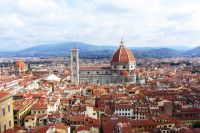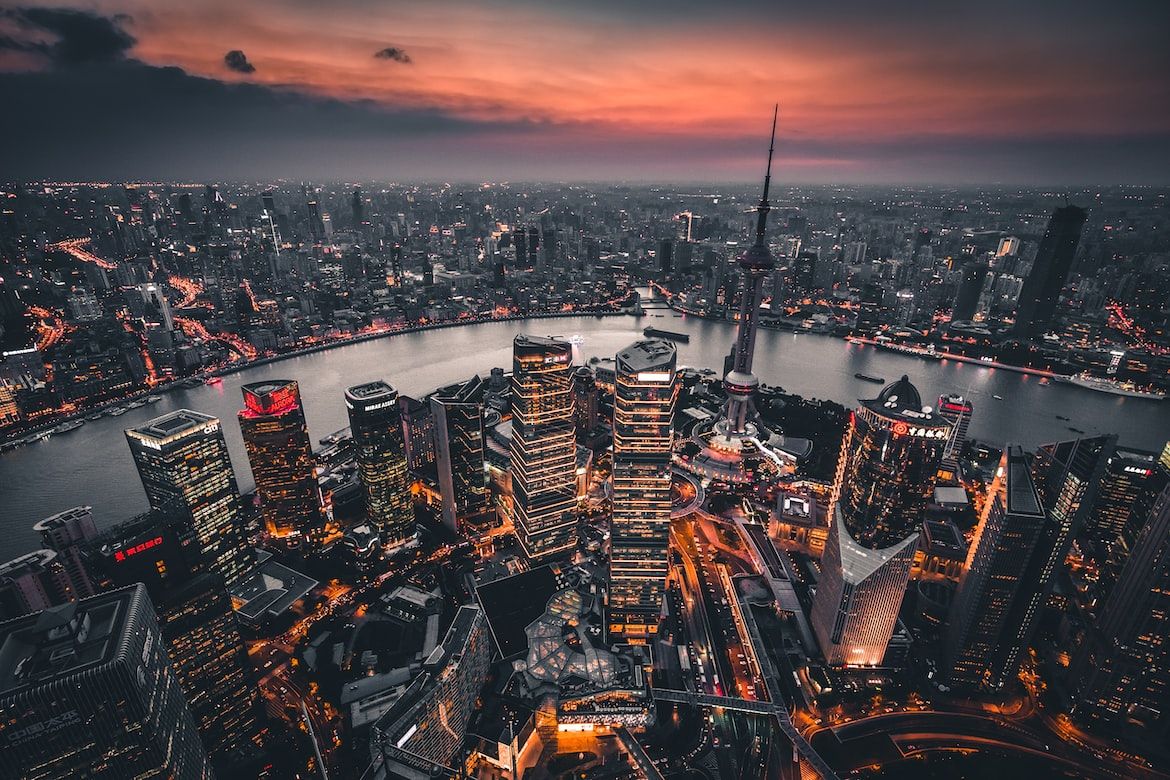48 facts about Vienna
Vienna, the capital of Austria, is a city of imperial palaces, the Viennese waltz, Sacher cake, classical music, and New Year’s concerts by the Vienna ...
31 facts about Bruges
Bruges is a small Belgian city that, in the Middle Ages, was a commercial and financial powerhouse of this part of Europe. At the time, it was one of ...
21 facts about Palermo
Palermo is a city founded by the Phoenicians over 2700 years ago. Located in a valley that the Arabs called Conca d’Oro in the 9th century, it is surr ...





















